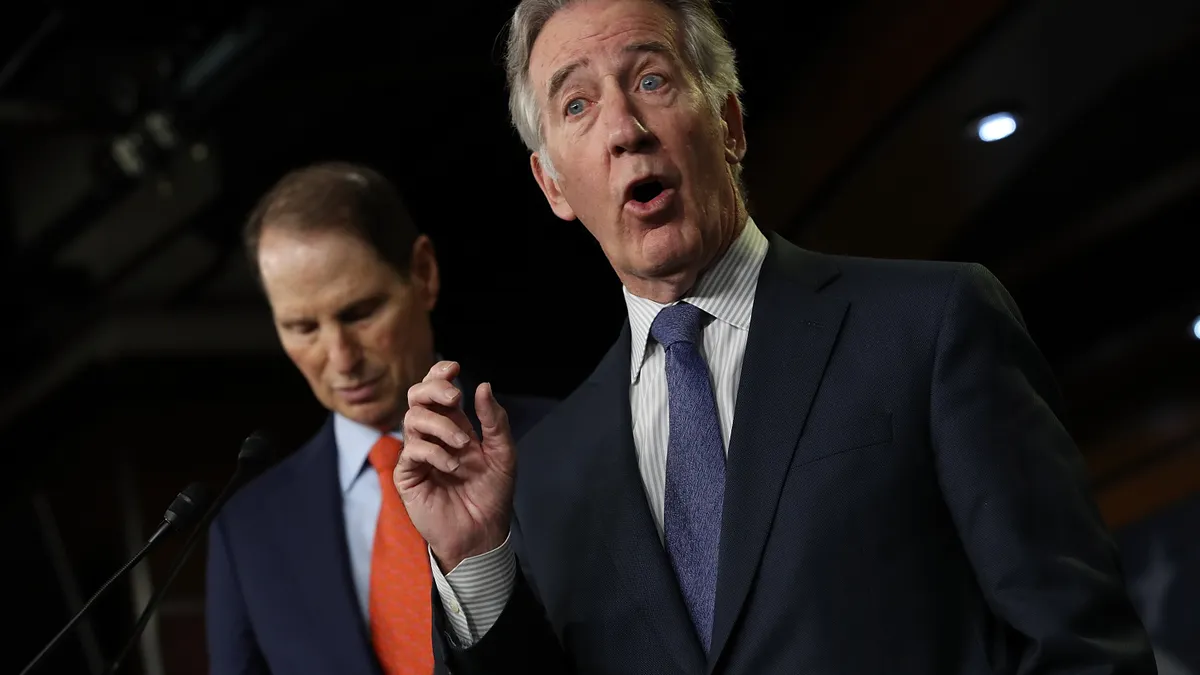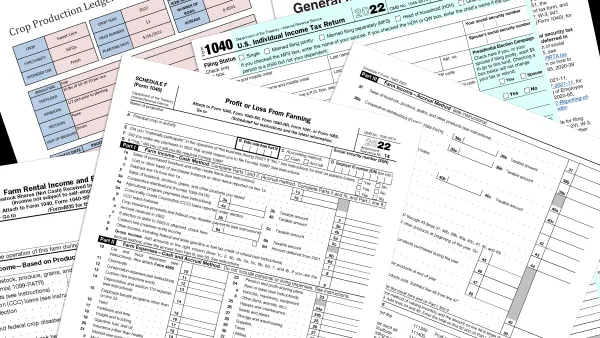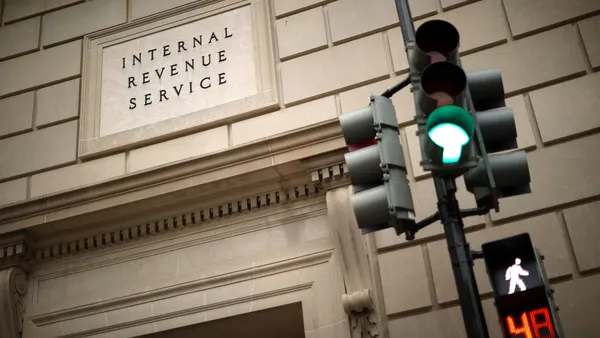Corporations face a 26.5% tax rate and a 16.6% tax on foreign income under a bill passed Wednesday by the House Ways and Means Committee.
The bill is the first in a series of steps to raise some $2.1 trillion over 10 years to help lower taxes on middle-income households and pay for Biden administration legislative priorities, which are proceeding through Congress on separate tracks.
The bill is pared back from what the administration proposed but would still represent a major increase that CFOs would have to incorporate into their tax planning should it pass.
Although much of the bill’s focus is on the individual side of the tax code — it would raise the top rate to 39.6% and add a separate bracket for households earning $5 million or more, among other things — the bill’s corporate provisions are substantial.
Rate hike
First is the increase in the top corporate rate to 26.5%, from 21% today. The rate is lower than the 28% sought by the administration but higher than the 25% under discussion in the Senate. The rate applies to companies reporting $5 million in income and up; for small companies, those with less than $400,000 in income, the rate would drop to 18%, and for companies earning between $400,000 and $5 million, the rate would stay at 21%.
The bill would tax income generated outside the United States in several ways, starting with a cut in the deduction for global intangible low-tax income (GILTI), which would create a 16.6% tax on foreign income, up from 10.5%, when calculated against the 26.5% corporate rate. The deduction for foreign-derived intangible income (FDII) would be cut as well.
There would be two other impacts on GILTI. The exemption for a 10% return on the average adjusted basis of foreign tangible property would drop to 5%, and GILTI would be calculated on a country-by-country basis, which is intended to prevent companies from offsetting GILTI amounts between high-tax and low-tax countries.
Investment, operational decisions
Other changes could impact companies’ business decisions. Capitalization and acquisition deals, for example, could be impacted by changes to carried interest rates. The bill would raise the threshold for when general partners in private equity funds could get their income taxed at the 20% capital gains rate rather than the marginal tax rate on regular income, which can be as high as 37%. The bill would extend the holding period before the capital gains rate kicks in, potentially impacting PE firms’ decisions on timing and duration of investments.
The bill also includes $80 billion for stepped-up tax-law enforcement, which would enable the IRS to increase audits and deploy new technology to spot problems. That could force companies to beef up their tax staff and devote more resources to compliance.
Absent from the bill is anything like the 2% excise tax on stock buybacks that has been introduced in the Senate, but that provision could end up in the final bill if it’s needed to win Senate backing.
That provision is intended to encourage companies to plow more of their cash into productive investment like new facilities, wage increases and research rather than in stock repurchases, which benefit stockholders by reducing dilution and increasing share value. CFOs have pointed to supply chain constraints and other macroeconomic issues standing in the way of more capital expenditures as one of the reasons for share buybacks, so the tax could complicate companies’ cash plans.
Next steps
The Ways & Means bill faces a number of hurdles to passage. It moved out of the committee with no Republican votes and one Democratic defector, suggesting little room for maneuver in the full House. It then must be reconciled with whatever comes out of the Senate. In addition to the lower corporate tax rate and the 2% excise tax on stock buybacks, the Senate bill could be more scaled back to accommodate the chamber’s fiscally conservative Democrats, including Joe Manchin (W.Va.) and Kyrsten Sinema (Ariz.).














